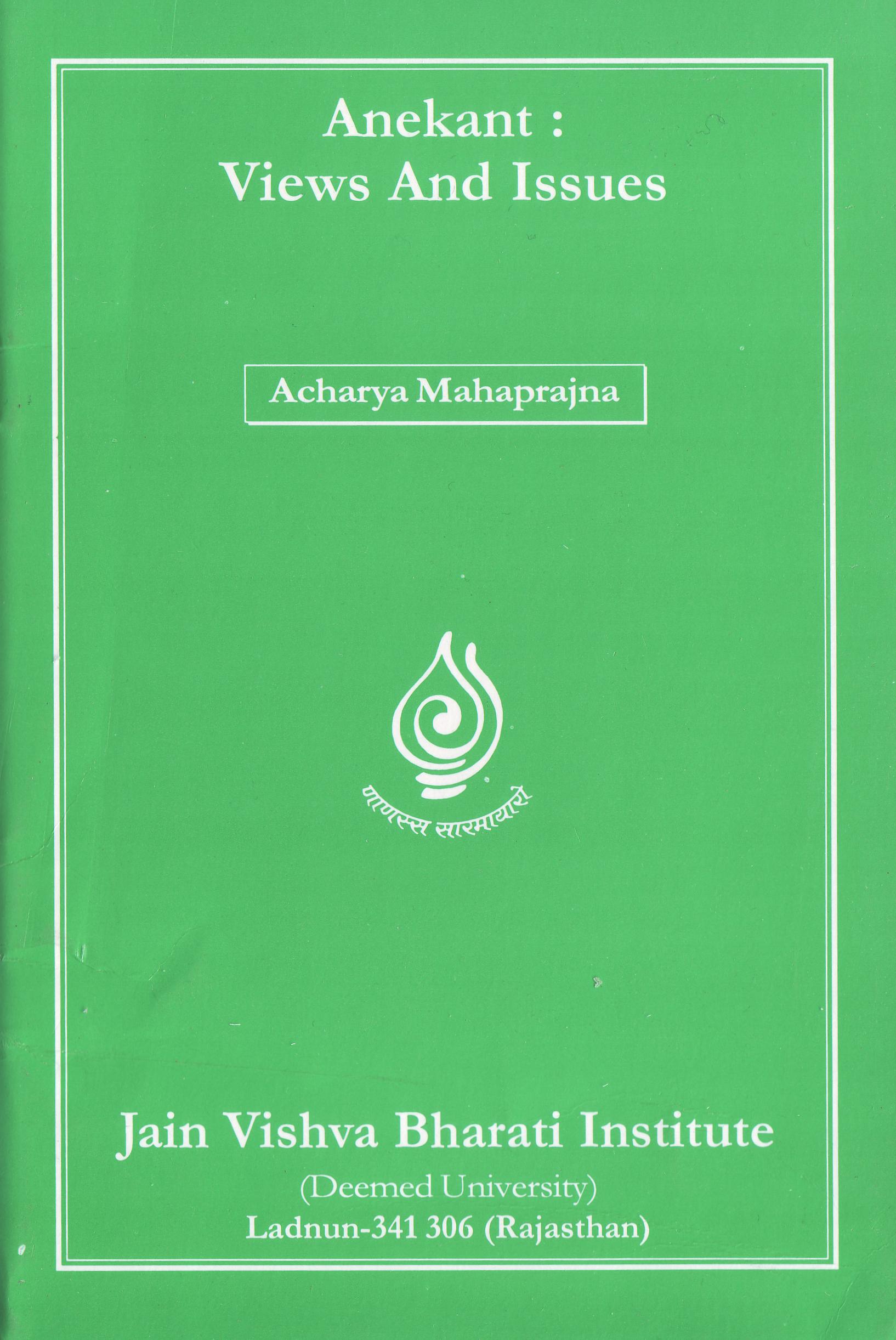We can know the truth and also express it. It consists in the trio of entity, word and knowledge. Different philosophies have looked at the problem from different angles of vision. The Vedānta has explained the problem from three standpoints - the ultimate, the empirical and the apparent. The Brahman is the ultimate truth, while the sensuous world has only empirical validity. The cognition of the 'will-o' the wisp and dream is pure appearance. In Hīnayāna Buddhism the truth is twofold, viz. the ultimate and the conventional, while in the idealist Buddhism it is threefold, viz. the ultimate (pariniṣpanna), the dependent (paratantra) and the imaginary (parikalpita). The self-nature (momentariness) of the object is the ultimate truth. The universal nature is only a conventional truth on account of its being a product of the intellectual function of exclusion.[1]
Different thinkers have presented the different aspects of truth in their own way. The foundation-stone of such presentation is twofold-intuitive experience and rational knowledge. In intuitive experience the object is known directly and, therefore, there is no difference in such experience. The rational knowledge that occurs at the sensual level does not cognise the object directly and this is the reason why there are varieties in such cognitions. The Vedānta rejected the modes as unreal while accepting the substance alone as ultimately true. The Buddhist, on the other hand, rejected the substance as imaginary by accepting the reality of the modes. According to Jaina logic, both the substance and the modes are ultimately true. When the substance hidden under the waves of modes has no appeal, the modes come up prominently at the cost of the substance which lies submerged under them. When the modes, like waves, lose their identity in the calmness of the unfathomed ocean of substance, the latter alone appears to be ultimately real. The Vedāntic monism is like the waveless ocean and the Buddhist phenomenalism is the state of the ocean agitated by waves. Non-absolutism appropriates them both, as so finely expressed in the following beautiful verse-
Aparyayaṁ vastu samasyamānama- dravyametacca vivicyamānam/
Ādeśabhedodita-saptabhaṅga-madidṛśastvaṃ budharūpavedyam// [2]
From the synthetic viewpoint the object is without modes and from the analytic standpoint it is unsubstantial. "You have realised. Oh Lord, the truth in its sevenfold aspects on account of sevenfold viewpoints, that reveals itself only to the Wise."
The substance presents itself when our thinking is synthetic, losing all its modes and when our approach is analytical, the modes become prominent at the cost of the substance. In the formative period on anekānta some principles of logical concomitance were discovered and that constituted an epoch-making achievement of that age.
 Acharya Mahaprajna
Acharya Mahaprajna

